The amateur TikTok scientists who helped reveal the truth of the Ohio train derailment
Sites like TikTok helped spread conspiracy theories about the railway disaster. They’ve also helped dispel them, Josh Marcus reports

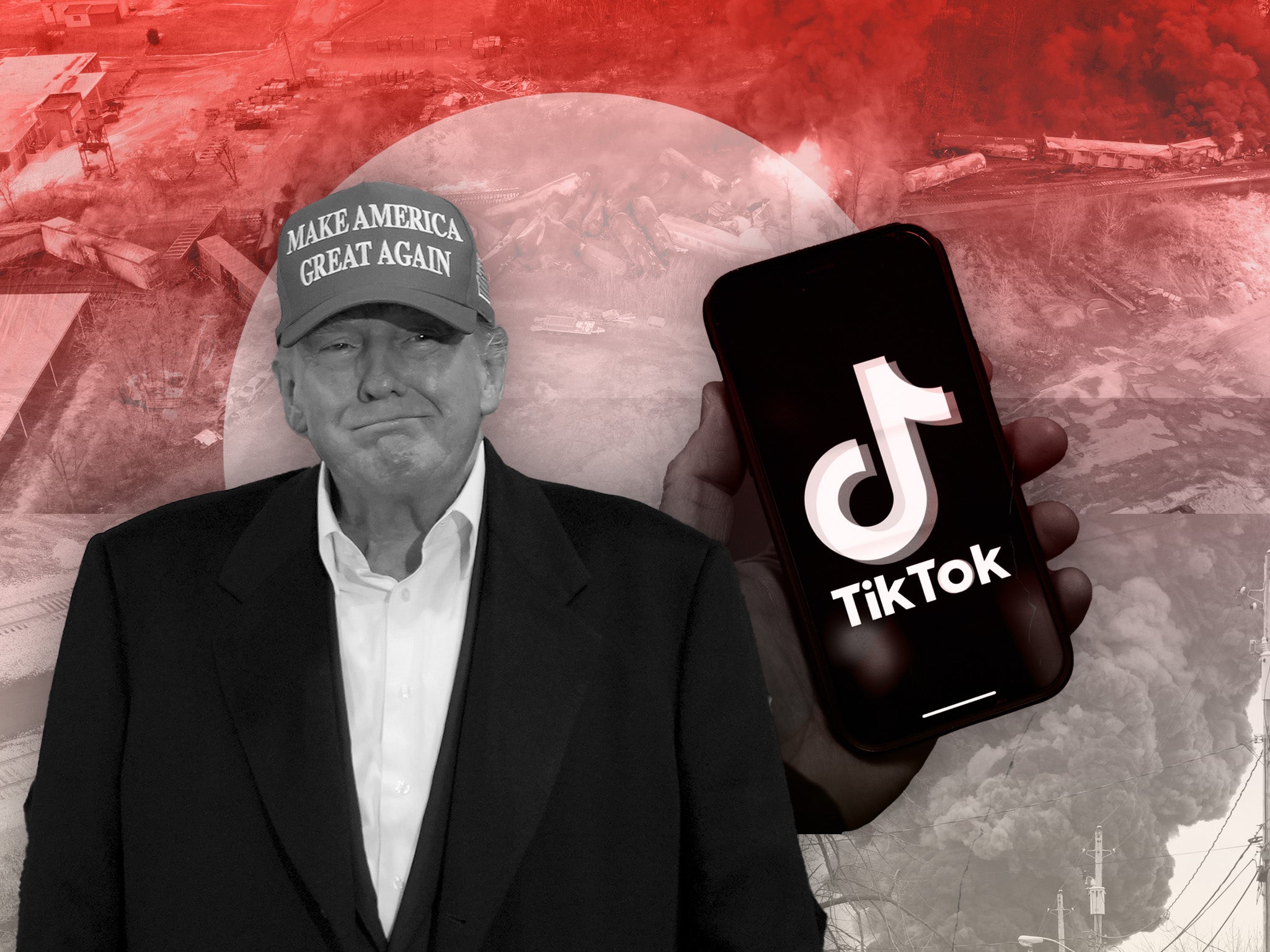
It’s been over a month since a train carrying hazardous chemicals catastrophically derailed in the small town of East Palestine. You’d be forgiven for sometimes feeling that in the days since, some nefarious cover-up was going on, or that officials and corporate leaders weren’t always being straight with the public.
Top officials from Norfolk Southern, which owned the train whose nearly 50 cars went off the rails, have skipped multiple town meetings, all while pleading for community trust. There was the bizarre instance of a cable news reporter pushed to the ground and arrested during a news conference with Ohio governor Mike DeWine. There were the weeks when Transportation Secretary Pete Buttigieg dragged his feet over visiting or even speaking of the accident. There were made-for-TV stunts like officials standing in a kitchen in East Palestine drinking tap water, a political gesture so common and contrived in ongoing disaster scenes one commentator dubbed it “the devil’s milkshake.” And of course, there was the indelible image of a black cloud of smoke rising from the crash site, as officials conducted a controlled chemical burn, amid reports of mass animal die-offs and families breaking out in respiratory symptoms.
Even with later assurances that the tests showed local water supplies were safe to drink and the local air had returned to safer contamination levels typical of a normal US city, how could a community like East Palestine possibly feel safe?

Add to that decades of eroding trust in government and science, capped off by a pandemic that further shredded the social fabric, and put this volatile mix of anger, suspicion, and fear on social media, and you have the conditions for another kind of toxic spread: conspiracy theories about the Ohio disaster.
Online, commentators spread unverified claims about cover-ups, poisoned farms, and far-flung impacts well before the facts caught up.
“This was a perfect storm,” Professor Erik C Nisbet, director of the Center for Communication and Public Policy at Northwestern University, told The Independent.
But, according to observers, social media also played a vital role in spreading information and helped bring the railway incident, and the numerous corporate and government actors who helped cause the crisis, to the centre of national scrutiny. As a conspiracist and a scientist would agree, when it comes to most things about the Ohio derailment, there’s more than meets the eye.
One of the challenges of getting accurate information out there about any industrial accident is managing people’s expectations.
“Communication should focus on what officials know, what they do not know, what they are doing about the accident and what they want people in the area to do,” Professor Jacqueline Ewart of Griffith University, who researches disaster communication, told The Independent.
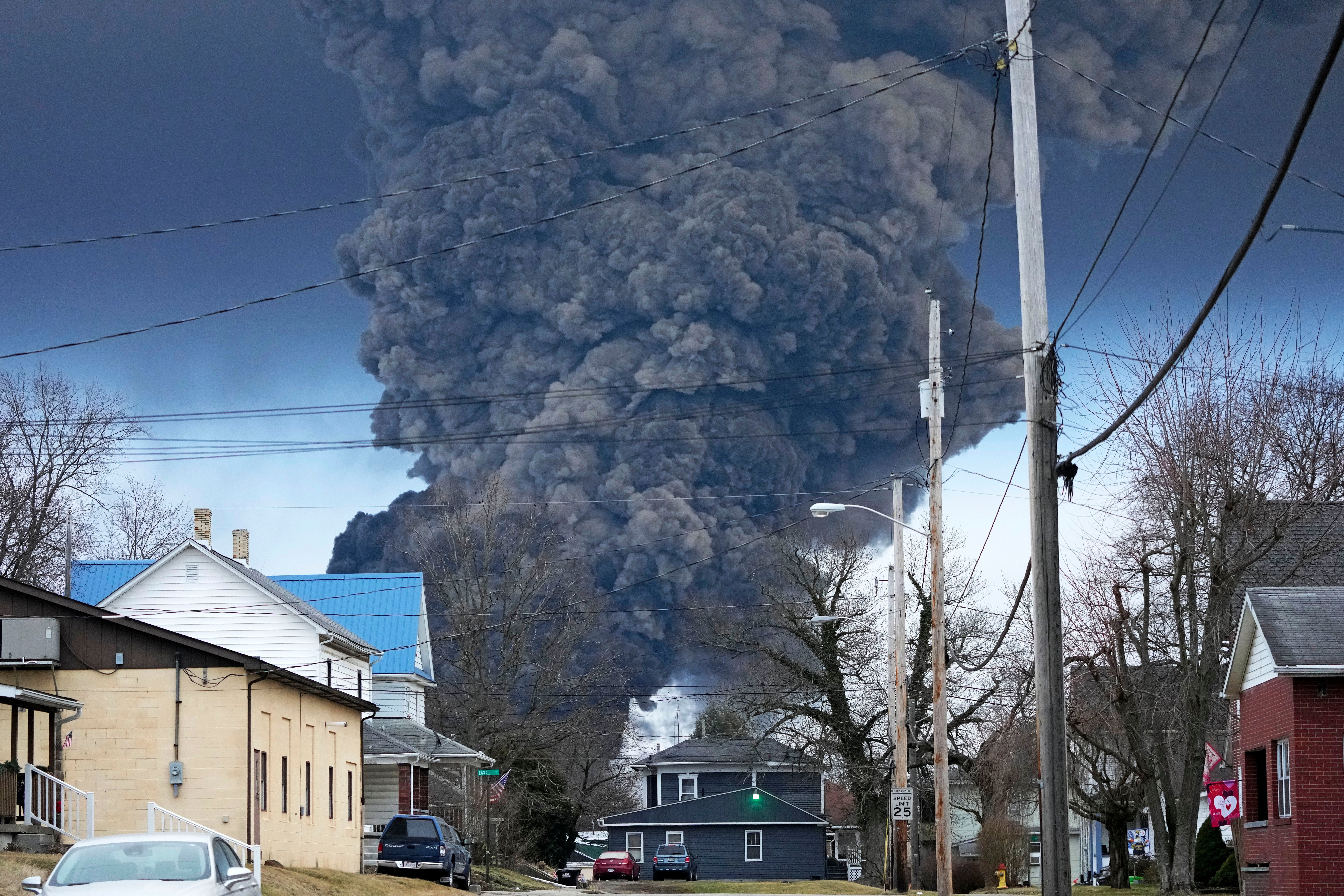
“Credibility of those delivering messages is essential. The focus should be on the right source providing the right message, at the right time.”
Given the rampant speculation and fear about the disaster that has spread through the East Palestine community and online, it seems officials haven’t quite threaded this needle.
There were legitimate scientific reasons behind decisions like burning off chemicals at the site, and ordering and then concluding evacuations, and there are things the government still doesn’t know yet, like the long-term impact of these choices.
“Byproducts from the burn could be very toxic and we don’t know yet know what they are,” Dr Erin Haynes, professor of preventive medicine and environmental health at the University of Kentucky told The Independent. “They have probably settled onto the soil. They’re in the homes on surfaces and they could be in the waterways in the sediments…We do not know the long-term consequences of that exposure.”
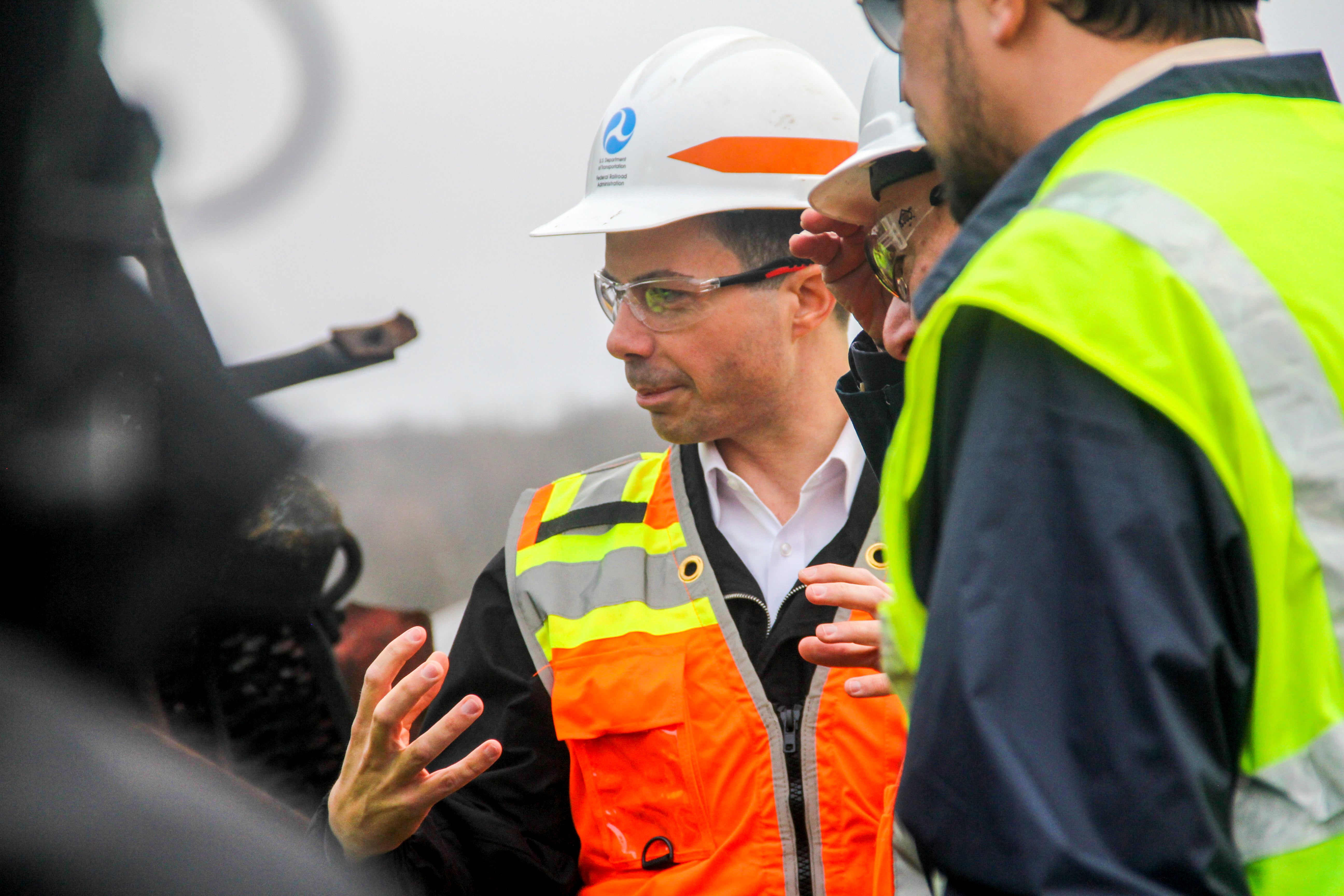
It will take detailed, long-term monitoring of a kind that isn’t currently being done to monitor this risk, she said.
On the flip side, there’s also more research needed on the acute ways those in East Palestine were exposed to contaminants from the derailment, whether they were local residents or first responders, who were sent to put out a fire on the tracks without proper PPE, according to the American Rail System Federation union.
“The acute exposure, we don’t have a lot of information about,” Katie Mauck, a chemistry professor at Kenyon College, said. “What was happening in the days before this fire was put out?”
Professor Mauck also points to other lingering questions, and potential for distrust, when it comes to the matter of soil contamination.
“We don’t know,” she said. “I’m glad residents are asking questions about the soil removal and remediation. Norfolk Southern wanted to leave it where it was.”
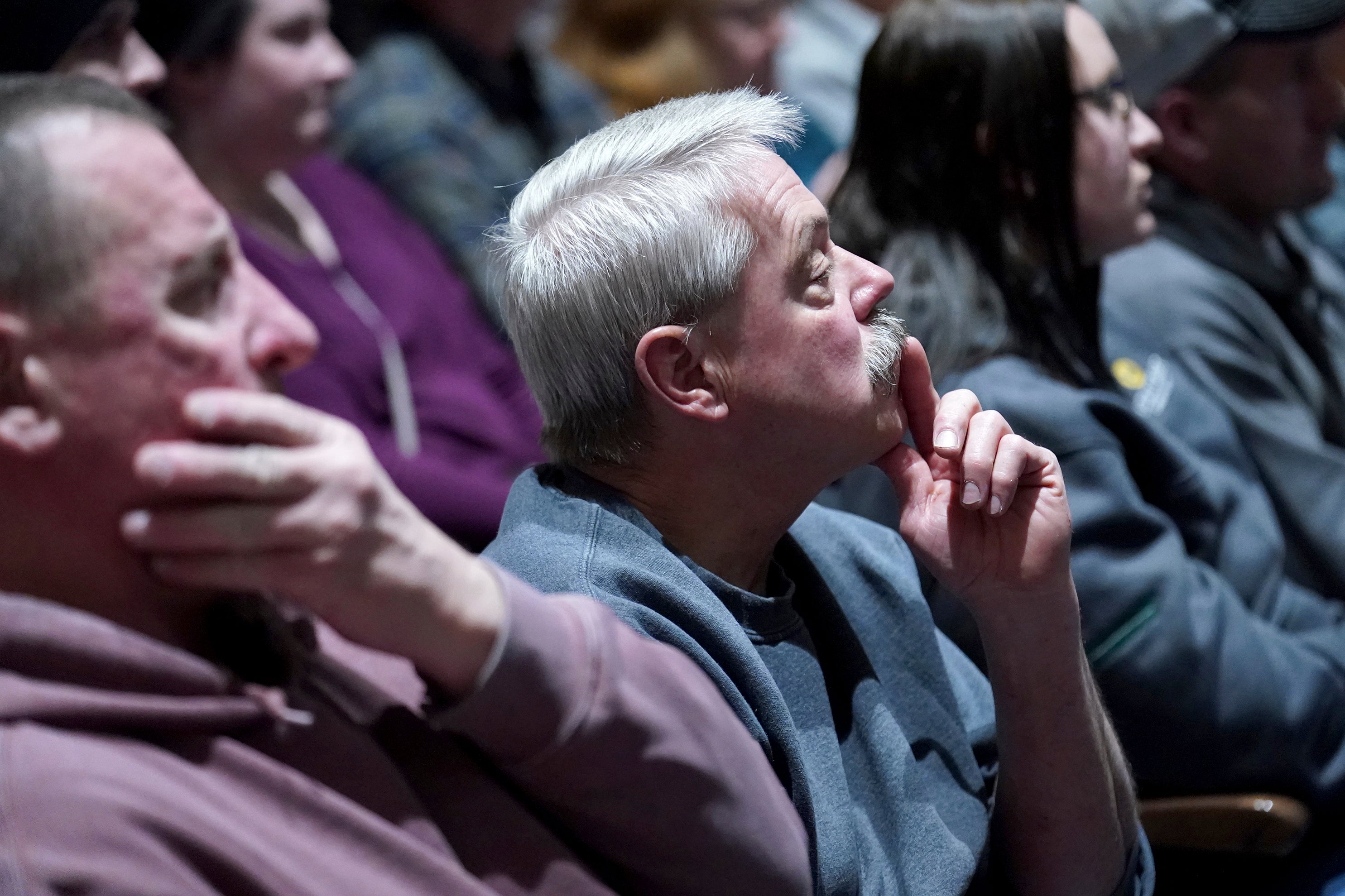
Eventually, officials ordered the rail carrier to move the soil, which had been reburied in efforts to reopen the train tracks, originally trusting the company to handle the task on its own. Later, the US Environmental Protection Agency stepped in in late February and promised it would monitor the process "from the moment trucks and rail cars are loaded until the waste is safely disposed of.”
Such instances, according to Professor Nisbet, the communications expert, further erode public trust.
“So much of our regulation environment in this situation is reliant on the bad actor,” he said. “The initial water testing wasn’t done by any government agency; it was done by the rail company itself. We have outsourced so much. We rely on the organisation that was potentially culpable for the crisis.”
Making matters even more difficult, credible expert voices, bad actors, and concerned citizens alike all were communicating about the situation on the ground on social media, further fracturing perceptions about what was really going on.
“Social media can be helpful. It alerts people to a situation. It’s a way for widespread dissemination,” Dr Haynes of the University of Kentucky said. “But because of that it allows widespread dissemination of false information, so it can go both ways. You have to be very cautious when using social media. Fact-check, find the source of that information.”
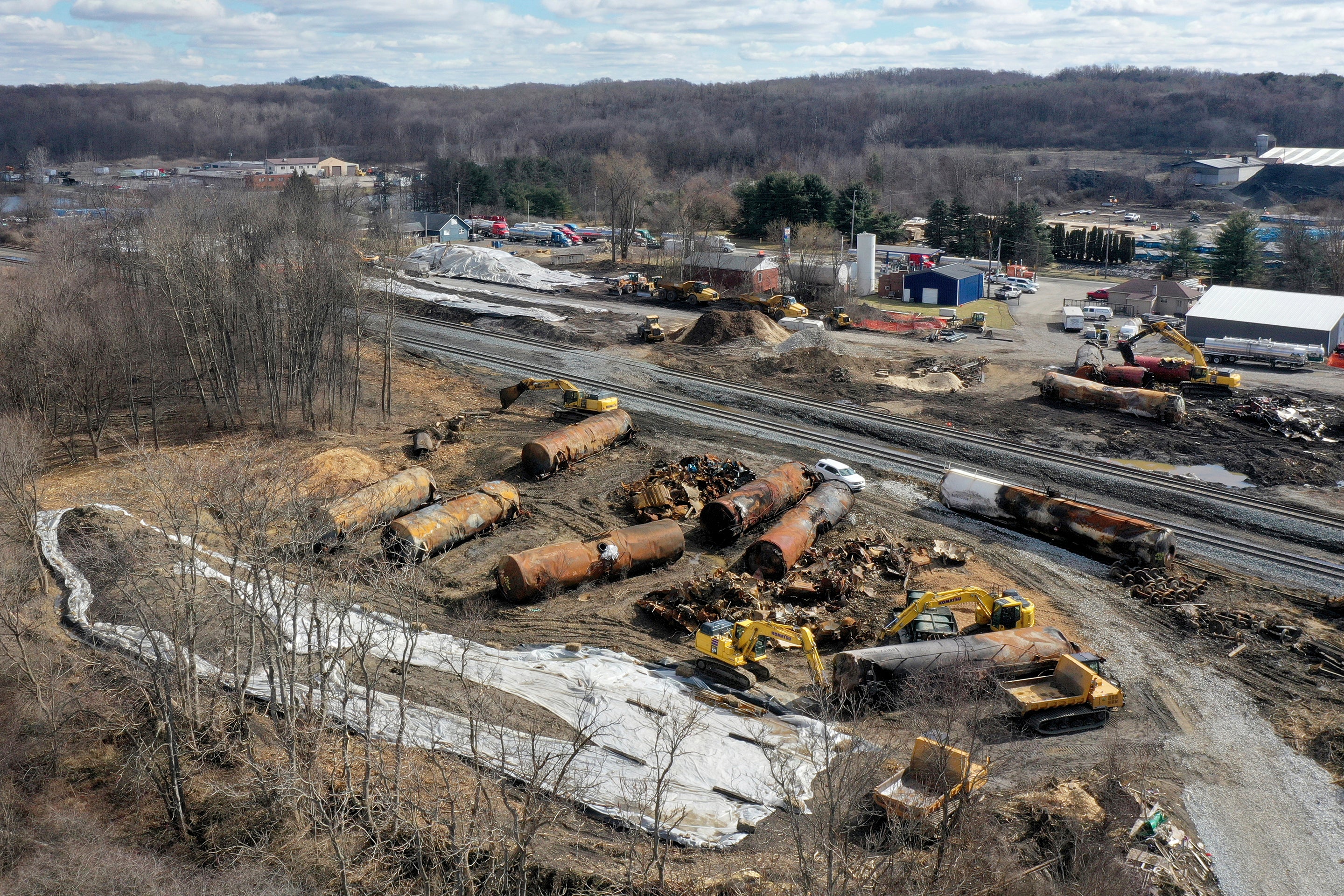
To people like Nick Drombosky, who has become a prominent source on TikTok for news and commentary about the Ohio train derailment, social media has been the key to making East Palestine a household name.
Mr Drombosky isn’t a public health official or environmental scientist. He has scientific knowledge from going to engineering school, but his past ventures in bikes and e-scooters aren’t related to rail accidents. However, he researches industrial disasters as a hobby, and said he was inspired to start making TikToks about East Palestine in the early days after the derailment because he felt most of the news media wasn’t giving enough attention to the story, and if they were, it was with too much credulity and too little scientific literacy.
“Generally, the responsible party says they think everything is OK. The press says that everything is OK, so let’s go home,” he said. “When this one happened, it was very clear to me early on that there was more than what everybody was letting on to, just from the fundamental facts of the situation.”
Clearly, it struck a nerve. Some of his videos have millions of views.
While The Independent hasn’t verified every claim on Mr Drombosky’s videos, some of his key concerns matched up with those of outside experts and community members, including questions about the lingering effects of burning off chemicals at the crash site and the need for more scrutiny of soil contamination.
(Professor Mauck, the chemist at Kenyon, reviewed a small selection of Mr Drombosky’s videos and said he seemed like a “very reasonable guy with a pretty good technical background.”)
Some caution against getting any public health or science info online, particularly TikTok, thanks to its rapid proliferation of bad information and algorithmic incentives to post eye-catching content, but Mr Drombosky argues those same criticisms could be levelled at the traditional media.
“Anything new, you can just say, it’s new. It’s unproven,” he said. “We don’t know how it works. What I would argue, look at traditional media now. We have networks like Newsmax and OAN and Fox News. These are not news sources. They’re treated as news sources. They’re not held up to any sort of journalist standard.”
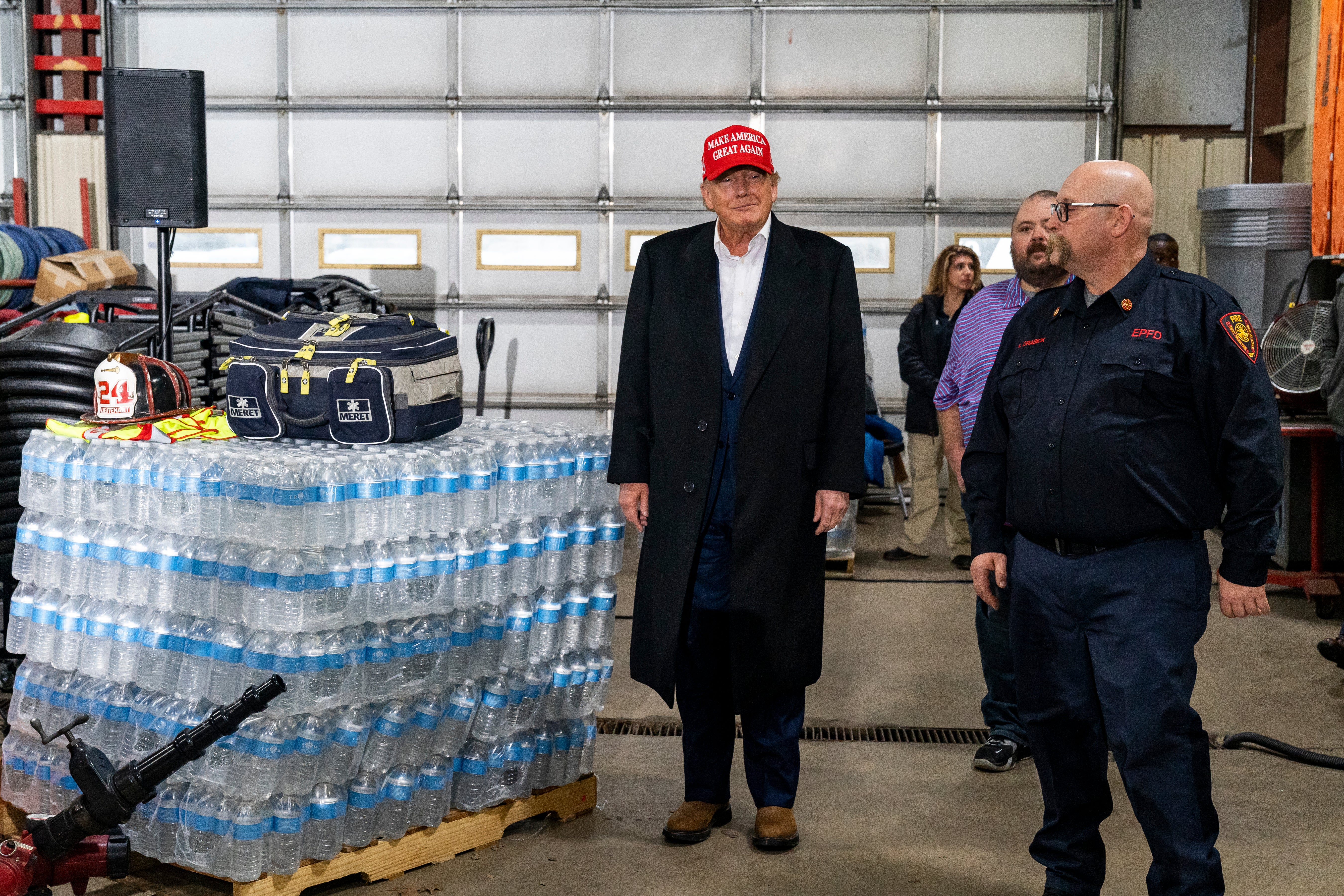
“If I am saying something that’s wrong, not only do you have the ability to correct me, the app would actually love if you corrected me, and they could feed your correction of me to the millions of people who just saw the original,” he added.
The TikTok creator pointed to the recent example of how Black Lives Matter protests and the 2020 racial reckoning played out in Pittsburgh, near where he grew up. Without social media, the community would’ve been unaware of aggressive police tactics.
All across the country, networks like Twitter and Facebook were key to sharing videos of police excessive force and publicising protests, all outside the traditional confines of the legacy media.
Others are far more sceptical that social media can cure the information vaccum that decades of distrust in government, extreme political polarisation, and a hollowed out media ecosystem have created.
Professor Nisbet of Northwestern worries about networks like Twitter rolling back their fact-checking policies, and wants to remind information consumers about the self-gratification and reinforcement of one’s existing views that’s fed by social media algorithms.
“People want certainty,” he said. “If one source is saying in a measured way, ‘This is what we know and this is what we don’t know,’ and another source is proving certainty, they might gravitate to that source, because they have that need. It can be false information, but it provides a sense of certainty.”
Others, like Professor Mauck, take more of a middle ground, seeing the risks and rewards of social media’s integral place in the public conversation after the derailment.
“I think Twitter for me, especially throughout the pandemic and now with this derailment, has been such a great source for direct information,” she says. “But you’ve got to be smart about where you’re getting the information from. One challenge is that we have is how social media has been splintered. Everybody is getting things from different sources. We’re at the mercy of algorithms. Having that media literacy has become more difficult. TikTok is a prime place where that can happen in terms of somebody said something and you take it at a face value.”
Further, she argues, “social media has been really foundational to the change that has been spurred because of this disaster.”
And until that change starts to slow down the more than 1,000 train derailments a year in America, the fissures in public trust and media credibility exposed in East Palestine only seem set to deepen. People might not agree on who can be trusted, but something is fundamentally broken when millions of Americans believe those in power can’t be.



Join our commenting forum
Join thought-provoking conversations, follow other Independent readers and see their replies
Comments